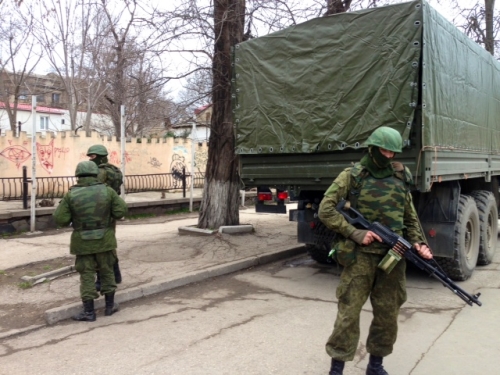
This article was originally published by E-International Relations on 16 April 2015. It is an excerpt from E-IR’s Edited Collection “Ukraine and Russia: People, Politics, Propaganda and Perspectives”.
When Russian special forces seized Crimea at the end of February 2014, without their insignia, but with the latest military kit, it seemed as the start of a new era of warfare. Certainly, the conflict in Ukraine has demonstrated that Moscow, in a bid to square its regional ambitions with its sharply limited resources, has assiduously and effectively developed a new style of ‘guerrilla geopolitics’ which leverages its capacity for misdirection, bluff, intelligence operations, and targeted violence to maximise its opportunities. However, it is too soon to declare that this represents some transformative novelty, because Moscow’s Ukrainian adventures have not only demonstrated the power of such ‘hybrid’ or ‘non-linear’ ways of warfare, but also their distinct limitations.
